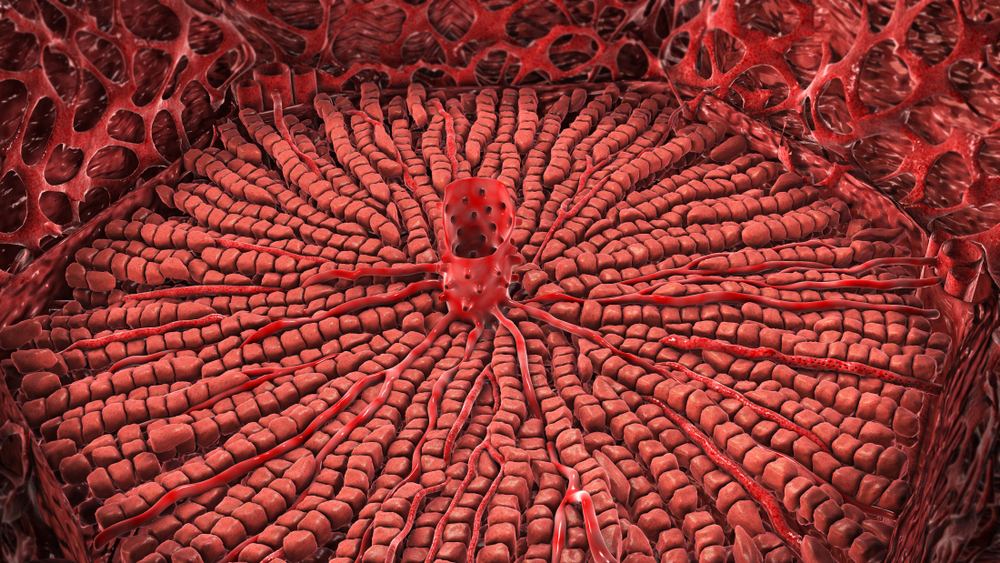
What is being tested?
Sex Hormone Binding Globulin (SHBG) is a protein that is produced by the liver. It binds tightly to testosterone, dihydrotestosterone (DHT), and oestradiol (an oestrogen) and transports them in the blood in an inactive form. The amount of SHBG in circulation is affected by age and sex, by decreased or increased testosterone or oestrogen production, and can be affected by certain diseases and conditions such as liver disease, hyperthyroidism or hypothyroidism, and obesity.
Changes in SHBG concentrations can affect the amount of testosterone that is available to be used by the body’s tissues. Normally, about 44% to 65% of testosterone in men and about 66% to 78% in women- of testosterone is bound to SHBG, and most of the rest is weakly and reversibly bound to albumin (the main protein in the blood). Only about 2% is not bound and immediately available to the tissues as free testosterone.
A total testosterone test does not distinguish between bound and unbound (free) testosterone; it measures the overall quantity of testosterone. In many cases, this is sufficient to evaluate excessive or deficient testosterone production; but, if a patient’s SHBG level is not normal, then the total testosterone may not be an accurate representation of the amount of testosterone that is available to the patient’s tissues. An SHBG test may be performed when a person's signs and symptoms do not correlate with the results of a total testosterone test.
How is it used?
A sex hormone binding globulin (SHBG) test is primarily ordered to help evaluate the status of a patient’s androgens (male hormones). In men, it is used to look for testosterone deficiency. In women it is used to investigate excess production of testosterone. A total testosterone may be ordered prior to or along with a SHBG test, which can be useful in determining whether or not a total testosterone measurement is reflecting the amount of testosterone that is available to the body’s tissues.
SHBG and testosterone levels may be ordered on an adult male to help determine the cause of infertility, a decreased sex drive, and erectile dysfunction, especially when total testosterone results are inconsistent with clinical signs.
In women, small amounts of testosterone are produced by the ovaries and adrenal glands. Even slight increases in testosterone production can disrupt the balance of hormones and cause symptoms such as amenorrhoea, infertility, acne, and hirsutism. These symptoms and others are often seen with polycystic ovarian syndrome, a condition characterised by an excess production of androgens like testosterone. SHBG and testosterone testing may be useful in helping to detect and evaluate excess testosterone production and/or decreased SHBG concentrations.
For both sexes, a free testosterone, albumin level, and one or more other hormones, such as prolactin, oestradiol, and LH (luteinising hormone) may also be performed to help evaluate a patient’s existing balance of hormones.
When testosterone and SHBG are measured together the laboratory will usually estimate the amount of free testosterone. This may be done using a mathematical formula, such as the Vermeulen equation, or by dividing the testosterone result by the SHBG result to give what is called the Free Androgen Index:
(FAI= Total testosterone /SBHG x 100).
When is it requested?
In many cases, doctors feel that the total testosterone provides sufficient information. SHBG is ordered primarily when the total testosterone results do not seem to be consistent with clinical signs, such as infertility, decreased sex drive, and erectile dysfunction in men or infertility, irregular menstrual periods, and excess facial and body hair (hirsutism) in women.
What does the result mean?
When SHBG levels are increased beyond what is expected, there is likely to be less free testosterone available to the tissues than is indicated by the total testosterone. If SHBG concentrations are decreased, more of the total testosterone is 'bioavailable' (not bound to SHBG). This information may be important in the overall evaluation of an individual with signs and symptoms of a condition related to excess or deficient sex hormone production.
Increased SHBG levels may be seen in:
Decreased in SHBG may be seen in:
Is there anything else I should know?
SHBG concentrations are normally high in children of both sexes. After puberty, SHBG levels decrease more rapidly in males than in females. Levels are normally stable in adults and then begin to increase in the elderly male at the same time that total testosterone levels begin to decrease. In postmenopausal women, SHBG, testosterone, and estrogen concentrations decrease as hormone production by the ovaries tapers off.
Common questions
Not yet, but researchers are evaluating conditions in which there are changes in testosterone and SHBG levels to see if there may be additional clinical uses for the test. Recent studies have identified that there may be a link between SHBG levels and insulin resistance in type 2 diabetes.
Not directly and there is no reason to do so. SHBG is present in the healthy person to maintain the correct level of testosterone that enters the tissues. In some cases, testosterone and/or oestrogen replacement therapy may be used to correct a deficiency.
More Information
Pathology Tests Explained (PTEx) is a not-for profit group managed by a consortium of Australasian medical and scientific organisations.
With up-to-date, evidence-based information about pathology tests it is a leading trusted source for consumers.
Information is prepared and reviewed by practising pathologists and scientists and is entirely free of any commercial influence.